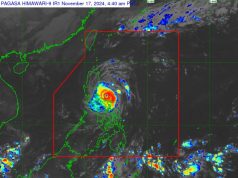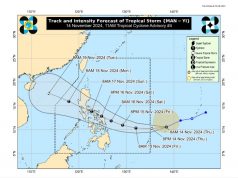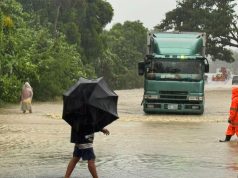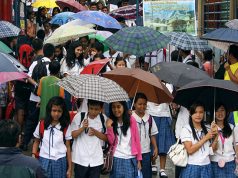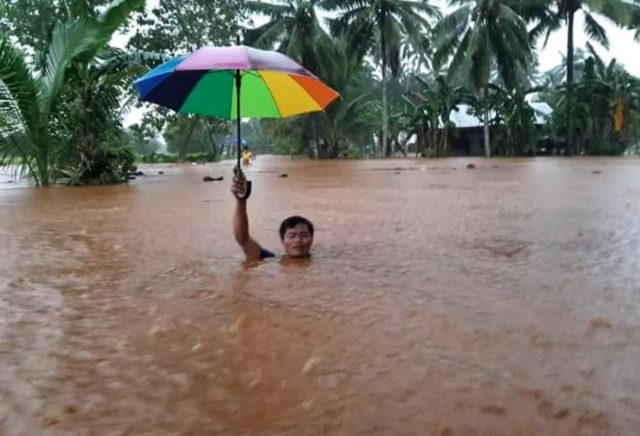
The arrival of Tropical Depression Domeng is signalling the return of the rainy season to the country.
While it may be a cause for relief for those weary of the stifling summer heat, the change of seasons also comes with the threat of another series of destructive typhoons.
Return of the rains
According to the Philippine Atmospheric, Geophysical and Astronomical Services Administration, the arrival of Tropical Depression Domeng marks the end of summer and the start of the rainy season.
The destructive side of the rainy season has been felt in some parts. In Maguindanao, 67 farm animals drowned after floods hit the town of Sultan Masura.
Classes were also suspended in parts of Quezon City and Rizal on June 7.
Despite PAGASA’s warning, the arrival of the rainy season is a welcome development for those sick of the summer heat.
it's rainy season here in Philippines!! wooohhh need to wear my favorite hoodies and sweaters again whooopppp
— BTS FESTA 2018 (@so_what134340) June 6, 2018
For some, that the change of seasons takes place the same time as the resumption of classes at most schools only feels right.
Isn't it coincidence that school in the Philippines starts on rainy season where everything is gloomy and sad and the sky is being sad with you so it start crying as well. The sky feels what students feel.
I think not.
— melanie (@MelanieFaye_) June 5, 2018
RAINY SEASON IN THE PHILIPPINES IS MY FAVORITE SEASON. Not unless it floods up
— angela (@patientlyjeons) June 6, 2018
However, the rains is also a sign of the coming typhoon season with more than 20 storms hitting the country annually.
More than 200 people were believed killed during the onslaught of Typhoon Vinta in Mindanao (international name Tembin) in December 2017.
Super Typhoon Yolanda (international name Haiyan) has caused more than 6,000 deaths and massive destruction to infrastructure and agriculture across the country in 2013.
In 2015, the Department of Finance reported that the country was losing P300 billion a year to natural disasters. The figure was based on a study that found climate vulnerable countries like the Philippines lose 2.5 percent of their gross domestic product every year.
The Philippines is part of the Vulnerable Twenty group which is comprised of countries economically vulnerable due to climate change.





